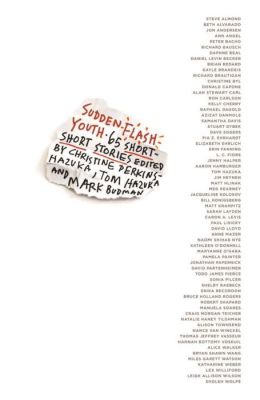Kendra
is a sexual abuse survivor who is in therapy for her trauma. As Scars
begins, Kendra is beginning to believe that her abuser, whose identity
she has blocked from memory, is stalking her. She is too terrified to
report the threats she is receiving, and she cuts herself to cope. Will
she find the safety and help she needs before it’s too late?
Experienced urban teen readers looking for “drama,” as well as those
who request survivor stories like A Child Called It will enjoy this
suspenseful novel in spite of its suburban setting. A teaching guide provided by the author herself may appeal to book group facilitators
working with teenage girls. --Jessica Fenster-Sparber
Rainfield, Cheryl. Scars. New York: WestSide Books, 2011. Print.













